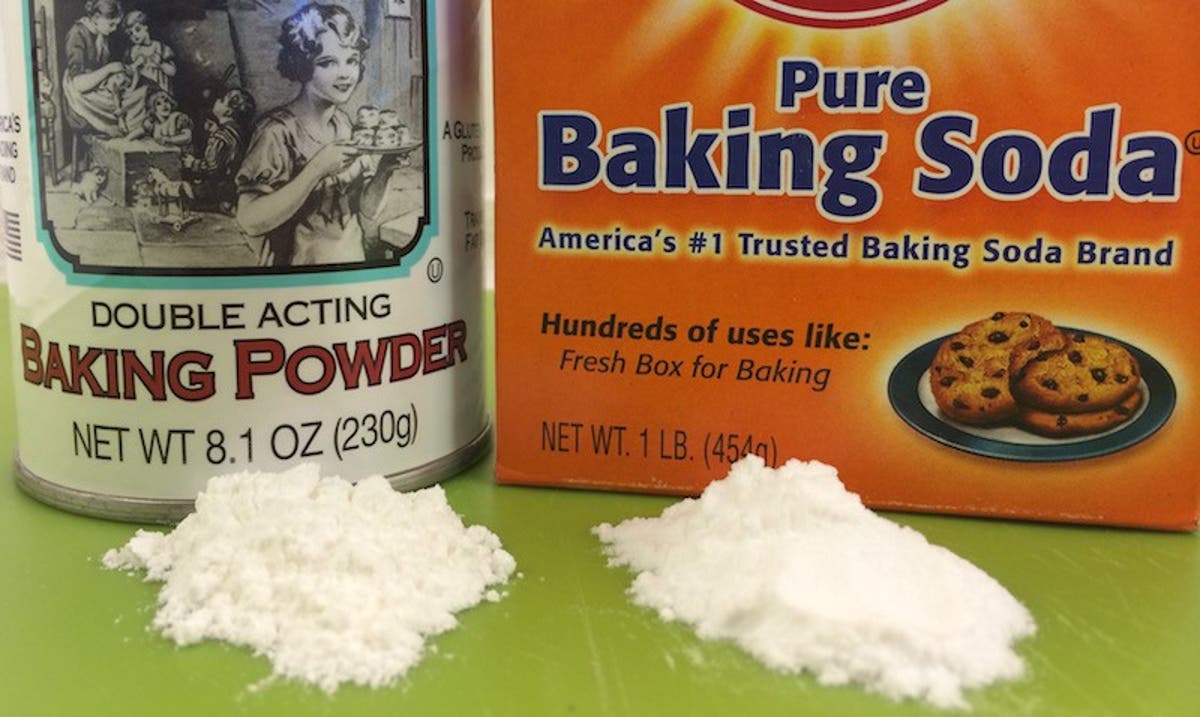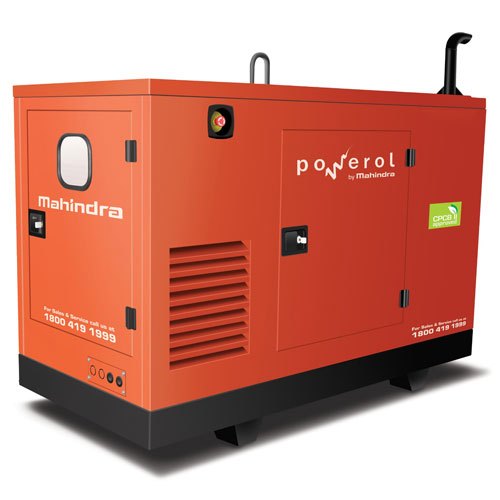The empirical formula of a compound shows the symbols of the elements present and the ratio of the number of atoms of each element present in the compound. The empirical formula of a compound is the simplest formula which represents the composition by mass of the compound. The formula MgO is the simplest formula which fits the results. Other formulas such as Mg2O2, Mg3O3, etc. MgO is the empirical formula for magnesium oxide.
Baking soda and baking powder are chemical leaveners; they add gas to different baked goods to make them rise. The difference between baking soda and baking powder is baking powder is self sufficient. It contains sodium bicarbonate, some sort of acid and some starch to separate the acid and the base, preventing them from reacting with one another. Baking soda is pure sodium bicarbonate. It wont react on its own. It needs an acid to help make carbon dioxide for leavening.
Calculation of Empirical Formula
The empirical formula is the simplest formula that represents the composition of a compound. It may not be the molecular formula, that is the formula that shows the number of atoms present in a molecule of the compound.
An empirical formula shows the ratio of atoms within a molecule. To find an empirical formula from a molecular formula, first find the largest whole number by which all of the subscripts in the molecular formula are divisible. Then divide each subscript by that number.
Examples are,
- The molecular formula of hydrogen peroxide which is H2O2. The largest number that can divide into 2 is 2. If we factor a 2 out of both subscripts wne left with HO. So the empirical formula for hydrogen peroxide is HO.
- Ethane has the molecular formula C2H6. Let’s find the empirical formula. What is the largest number that goes evenly into 2 and 6? It’s 2, if we divide both subscripts by 2 we get an empirical formula of CH3.
- Consider water, the largest number that will divide evenly into 2 and 1 is 1. So the empirical formula for water is the same as its molecular formula H2O.
Baking Powder vs Baking Soda
Baking soda is sodium bicarbonate. It’s weakly alkaline and it will react with acids such as vinegar or buttermilk to create bubbles. These bubbles are what give quick breads such as muffins and cakes their loft. If baking soda does not have an acid to react with nothing happens, and the baked good will have the bitter flavor of unreacted baking soda. The baking soda, activated by the water and acid in vinegar, gives off carbon dioxide, which enlarges the bubbles. The reaction is similar in baked goods.
Baking powder is a mixture of sodium bicarbonate cream of tartar, and a drying agent – usually a starch of some sort. The cream of tartar provides tha acid for the reaction when the baking powder comes in contact with a liquid. Baking powder can go bad, as the powder can absorb moisture from the air and react slowly. This is why baking powder comes in a covered tin and baking soda is an open box.



